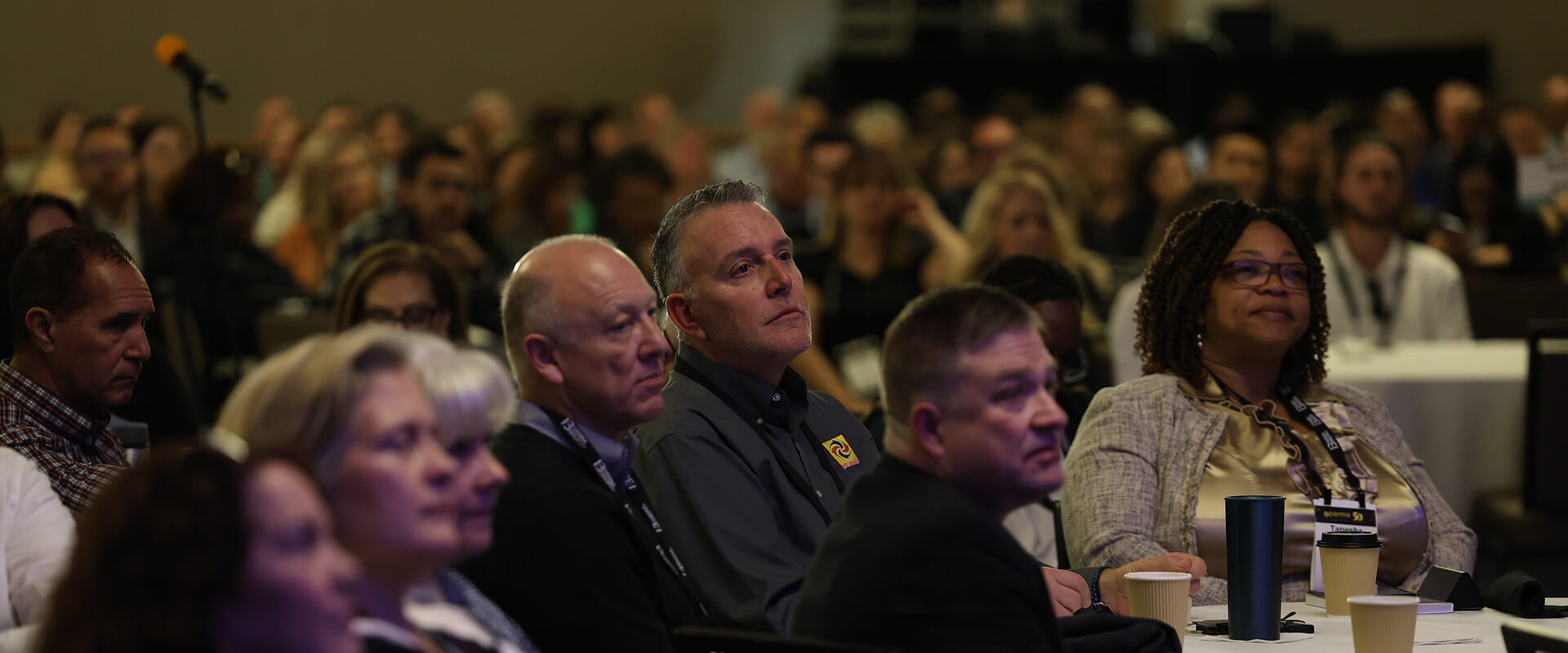(TNS) - As California continues to grapple with heightened wildland fire risk, Santa Cruz — with less exposure to risk than some areas — is readying for its worst-case scenarios.
As a rule, late summer and early fall is when fire response statewide and across jurisdictional borders tends to be hard and fast — stopping the conflagrations before they have time to take hold, according to Santa Cruz Fire Chief Jason Hajduk. Leading up to the fire season, however, the city has been doing extensive preventative work, creating “defensible space” that can stop a spreading fire in its tracks.
“When we get into August, September, October, generally speaking, we’re dryer, we’re warmer. So, any fire that starts, it’s more likely to start and it’s more likely to spread rapidly. And so we go into an elevated dispatch mode, where we send a lot of resources upfront and the goal is to try to stop the spread of that,” Hajduk said at last month’s city Public Safety Committee. “We’re pretty successful, but there are times when it gets away from us, and that’s why we’re really focusing on the vegetation management, again, not trying to limit the spread from suppression activities, but by design in those open spaces so that if we have a fire, we limit its spread and of the size of it and most importantly, limit the impact both to the open spaces and to the neighborhoods.”
Between Jan. 1 and June 14, the city fire department had responded to 21 fires in its open spaces. Each fire was human-caused, by vehicle, smoking material, outdoor cooking or discarded materials, city Fire Marshal Rob Oatey said at the same meeting.










